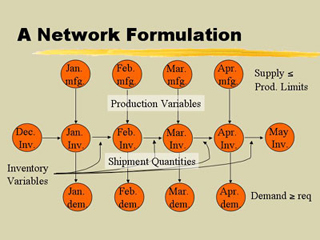Course Description
Managers and engineers are constantly attempting to optimize, particularly in the design and operation of complex systems. This course is an application-oriented introduction to (systems) optimization. It seeks to:
- Motivate the use of optimization models to support managers and engineers in a wide variety of decision …
Managers and engineers are constantly attempting to optimize, particularly in the design and operation of complex systems. This course is an application-oriented introduction to (systems) optimization. It seeks to:
- Motivate the use of optimization models to support managers and engineers in a wide variety of decision making situations;
- Show how several application domains (industries) use optimization;
- Introduce optimization modeling and solution techniques (including linear, non-linear, integer, and network optimization, and heuristic methods);
- Provide tools for interpreting and analyzing model-based solutions (sensitivity and post-optimality analysis, bounding techniques); and
- Develop the skills required to identify the opportunity and manage the implementation of an optimization-based decision support tool.
Course Info
Learning Resource Types
grading
Exams
notes
Lecture Notes

Example of a network formulation. (Courtesy of Prof. John Vande Vate.)










